
Meaning and Origins
“Meditation” is derived from the Latin words “meditari” and “mederi”, meaning to think, dwell upon and to heal, and the Sanskrit word “medha”, which means wisdom.
Meditation is a practice of going within oneself to quieten the mind and to achieve an altered state of consciousness. A resting state, deeper than that if one was asleep, yet with a sense of alert awareness. Meditation helps to calm the mind and cultivate a practice of self-awareness, observation and inquiry. Which in turn helps to develop a conscious awareness of life as it is. The purpose is to connect with oneself on a deep soul level – to know oneself as beyond the limitations of the body and mind. It helps enable us to see the truth of who we are, as well as see the “bigger picture”, and in doing so can also help to put things into perspective better.
Seeing everything through the lens of the detached witness, so to speak, so that we can deal with life’s challenges in a calmer, balanced state of mind, we can make rational decisions and generally go about our daily lives with more ease and grace. It is a practice that becomes a way of life.
Throughout history people have practised meditation in various forms as part of different traditions across the globe, though seemingly with the same goal and purpose and spiritual (though not necessarily religious) roots.

Yoga Sutras and Meditation
In the yogic tradition in Patanjali’s famous Sutra – “Yogah chitta vritti nirodhaha”, defines yoga as “the cessation of the fluctuations of the mind.” Meditation calms the turbulences in the consciousness and therefore takes one to the deepest experience of yoga.
Patanjalis’ yoga sutras outline eight aspects or principles – as shown in the diagram (known as the “eight-limbs” or “eight fold path” of yoga, namely – Yamas, Niyamas, Asana, Pranayama, Pratyahara, Dharana, Dhyana, Samadhi) – that aims to take us from the physical, to the subtle, through to the absolute, and ultimately connection and mergence with the Universal consciousness, to experience complete oneness. – A sense of being connected with all that is and where there is no separate sense of “I”.
“Satchitananda” – Absolute truth, consciousness, bliss
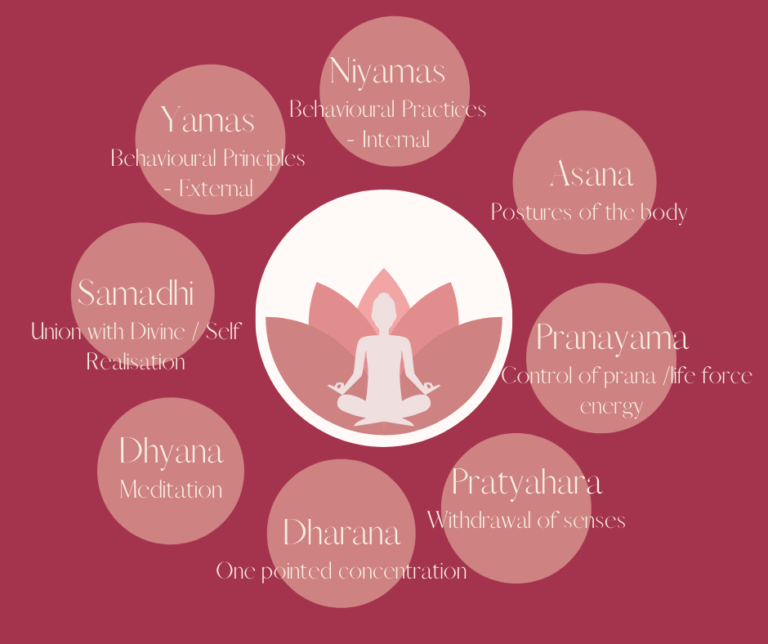
Here meditation is included as an integral part of this path and practice and presented here as the seventh limb. These eight limbs are not only a path to reach the ultimate goal of self realisation, but can also be seen as aspects of our life orientation, giving guidance and tools on how to live our lives in the most beneficial, optimal and highest expression.
It is interesting and important to note that the Yoga Sutras contain only two Sutras related to asana, the majority of the Sutras are related to the internal factors of meditation – samadhi and samyama (deep yogic awareness), which are the basis of yogic Self-realization.
Furthermore, it is also said that yoga asanas actually lead one to a meditation because they are always accompanied with conscious awareness of breath. Conscious breathing and also conscious relaxation. So conscious breathing, conscious concentration, conscious relaxation, and a steady asana (posture) will automatically bring one into the state of meditation. One could therefore say that yoga is meditation and meditation is yoga.
The main purpose of any Yoga or meditation is to achieve a higher state of consciousness which goes way beyond the physical and mental, and to maintain this. With regular practice it has the potential to connect us with all levels of consciousness beyond the ordinary to the highest subliminal and cosmic layers unknown to ordinary awareness and everyday sciences.
This however is a gradual process, and through my own experience the focus is initially on the process of purification of the body and mind, taking an integrated approach through the body, mind and emotions in preparation and readiness for accessing deeper levels of meditation and transcendence. Only once we have a healthy, balanced, supported, integrated and stable foundation can we hope to attain the main goals of yoga and really get the most benefit and spiritual evolution from our practice.
Meditation should not be separated from life, but integrated. It cannot always be expected to “work right away”, though many people notice subtle changes for the better soon after they start a regular practice. It is a culmination of a purified and sattvic life, a holistic approach to living.
When starting it is beneficial to first let go of all expectations and to simply keep oneself open and steady in the meditation practice. Simply allow, surrender and observe. Meditation should never feel forced or restrictive.
If for whatever reason you find it difficult at first, you may find it helpful to simply try to sit quietly, slowly withdraw the senses and concentrate the mind.
Withdrawing senses and calming the mind often leads to meditation (as per the limbs of yoga) – for example pranayama (focus on breath), pratyahara (withdrawal of senses practices), and dharana (one pointed concentration).
Types of Meditation

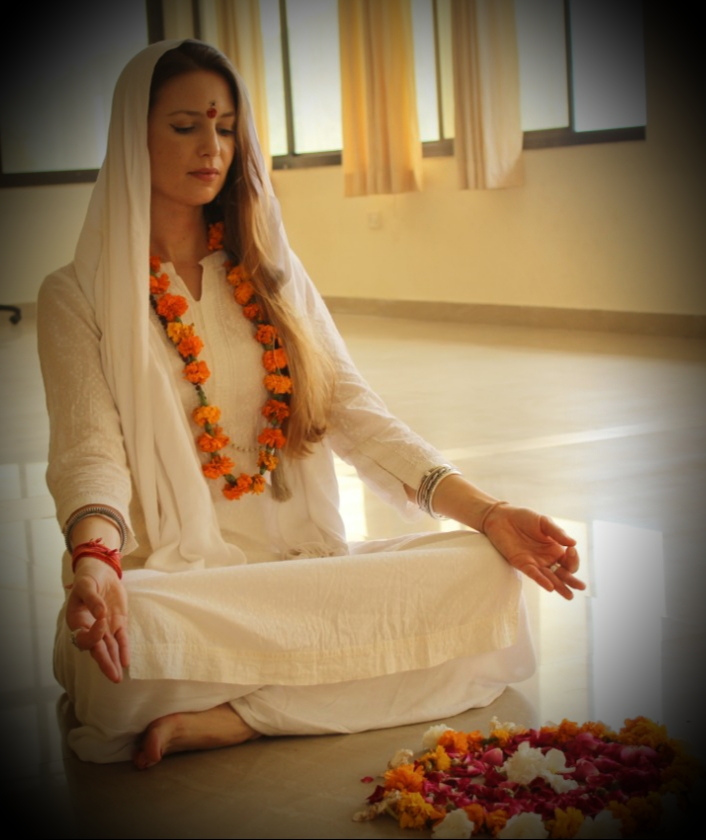
There are many different types of meditation practices, some of which include:-
Mindfulness
Simple mantra
Empty mind
Breath observation
Walking (such as labyrinth or simply connecting with nature)
Essentially what these methods have in common is that they take the meditator into a deeply relaxed transcendental state where one can experience complete clarity of mind with no thoughts.
At first when one begins a practice these moments of thoughtlessness may be fleeting, yet still allowing one to enter such a serene space that the benefits are impactful and lasting. Gradually over time, with regular daily practice we experience these moments becoming extended and their benefits increase.
Regularly going into this deep state of relaxation brings balance and healing on all levels – mental, physical and spiritual. It works on a single principle that the mind is the key to our overall health.
Benefits of Meditation
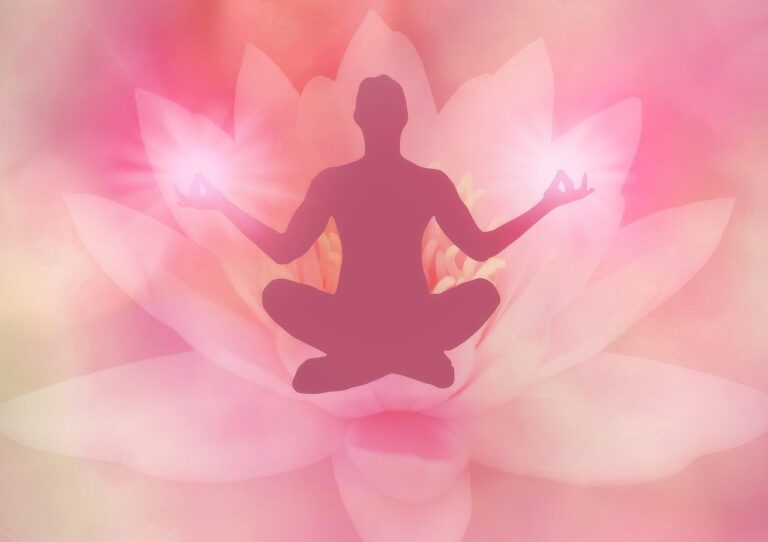
Some healing positive “side-effects” of regular meditation practice include:-
* Reduced levels of stress and anxiety
* Helps to reduce physical pain and boost immune system
* Lowering blood pressure and increased blood flow to the brain
* Encourages deep relaxation and feelings of peace
* Focuses the mind and promotes deep sleep
* Increased concentration
* Enhances creativity and opens the mind to new ideas
* Improves memory
* Identifies and balances emotions
* Can create a deeper understanding and awareness of other people. Therefore it has the capacity to improve relationships
* Can help with creating focus in your day and making grounded decisions
* Can help connect you to your spiritual purpose/direction
* Helps to bring about balance in the subtle energies, energy centres (chakras) and expansion of our energy field
* Raises vibration of our own energies, energy field and this impacts on the people / environment around us
* Through the expansion of our energies, increases consciousness and connection with Divine energy / higher self / God consciousness
Did you know that daily practice of meditation not only raises the vibration of our own energy field, but this also then impacts on the people / environment around us? Studies have shown that when groups of people regularly come together to meditate the surrounding area benefits from the positive energy generated. Plants thrive more easily, people report feeling happier, healthier and crime rates have actually lowered.
Brain Wave States

There have been many scientific studies conducted on brain wave states in relation to those that meditate and the effects of meditation on these states.
To go into a bit of science on this there are four categories of brain wave are: Beta, Alpha, Theta, Delta.
Beta is 15 – 30 Hertz, and the awake, normal alert state of consciousness.
Alpha is 9- 14 Hertz, and is the relaxed, calm, meditation, creative visualisation state of consciousness.
Theta is 4 – 8 Hertz, and is the deep relaxation and meditation, problem solving state of consciousness.
Delta – is 1 – 3 Hertz, experienced during deep, dreamless sleep.
The brainwave frequency that meditators go into during a deep state is known as the Theta state. This is the experience as described by meditators as complete silence and oneness with the present moment.
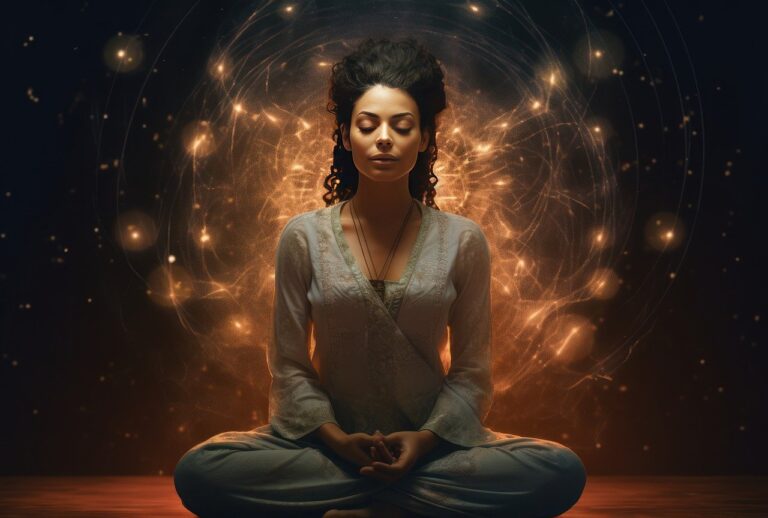
Psychosomatic effects on overall health
The “general adaption syndrome” is a mechanism to explain the way in which psychological stress translates into causing physical disease. It implies that stress creating situations induce psychophysical changes. Even though there is no absolute concrete evidence to support this theory it is widely accepted and recognised amongst the majority of medical professionals that stress is a major contributor to disease and healing and that meditation, used as a simple stress management technique is of beneficial and curative value.
Starting a Meditation Practice
Speaking from my own experience I started by learning a technique known as Transcendental Meditation (TM), around 10 years ago, and had a meditation teacher that not only taught me the technique but guided me through the weeks and months ahead. I attended group meditation sessions and was able to ask questions and contact my teacher any time with any concerns or things I needed clarifying. I cannot stress enough how valuable this is if you are new to meditation, as there may be things you are not aware of, and going into such a state can bring things up that were buried in the unconscious mind to the surface for healing. Having the support of a guide or mentor that understands and to confide in, as well as give advice and reassurance is invaluable.
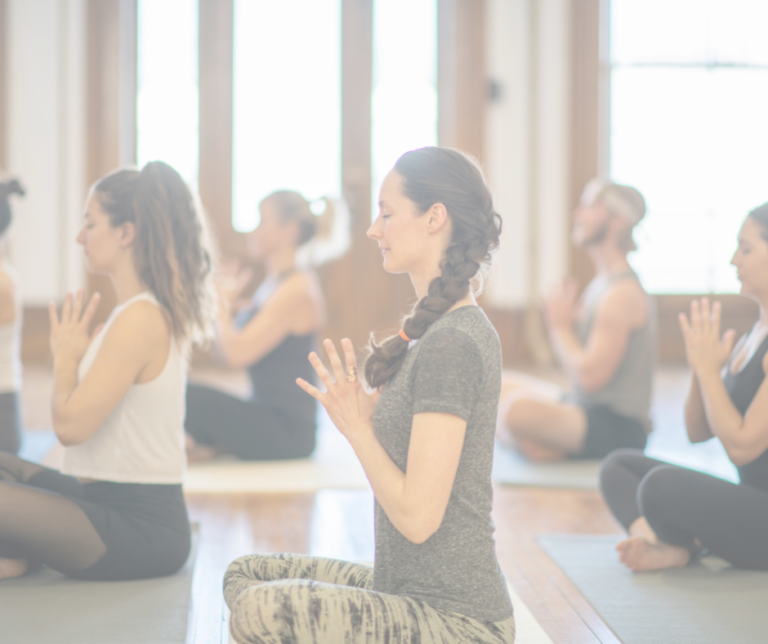
Transcendental Meditation uses mantra as a technique or tool for meditation. In this case a simple “beej” or seed mantra – a sound. Mantra meditation is simply focussing on a mantra – which can be as simple as this – a word or a sound and focussing solely on it – repeating it, over and over, during the meditation – either internally in your head or out loud. The repetition is what makes it mantra. In the case of TM we chant internally – never aloud. It can be a simple phrase, a word or a sound. It can be very effective in concentrating the mind and is one of the best foundations for meditation. Particularly those with very active minds and in my opinion a great way to start for beginner meditators. Mantra meditation is usually practised by the repetition of a mantra (sound, single syllable, word or longer Vedic mantras) repeated over and over internally within the mind (as opposed to aloud) without moving the mouth, or lips. Simple beej mantras of a single syllable (as mentioned is the case in TM) can be most helpful. Using a japa mala can also be helpful in this practice as another tool for concentration and creating a certain vibration of energy as the chant is repeated 108 times – though this is not necessary and beginners may just want to start with chanting the beej mantra alone first for a fixed period of time.
Your focus is on the mantra, so therefore it should be easier for the mind to stop wandering. If you notice your mind starting to wander, just bring it gently back to your mantra, without force or any judgement. Your mind will naturally want to start wandering after some time and this is a normal part of the process, whenever you notice it, simply acknowledge it and gently bring it back.

Important Points to Remember for Beginners
If you are to derive the benefit from the art of meditation it is crucial to understand the following key points. That is:-
Meditation is not meditation unless you make it a daily habit/practice. You need to practice daily. This is essential to gain the full benefits, instil the habit as a practice and keep a healthy balanced mind. Over time you will notice the benefits impacting on your life on all levels.
When one does not meditate daily our attention and vitality get lost in the outside world and therefore we also lose our ability to relate to all of life in a meaningful way, or to our true nature as a soul.
Meditating twice a day – once in the early morning before the day starts and in the evening time, before dinner are ideal and best times. But any time is better than none!
Not “forcing” or becoming frustrated when the mind wanders. Gently observing with awareness and bringing yourself back to the meditation. You have to “spin the string of the mind” – that is not too tight or too loose. Too tight – too hard and it will break. Too loose, it will be too soft and it will also break. When you find the balance of mental tension it becomes meditation.
If you do not stir water it settles and remains clear. If you do not disturb the mind it will settle and become peaceful and free. When you achieve this state, this is meditation.
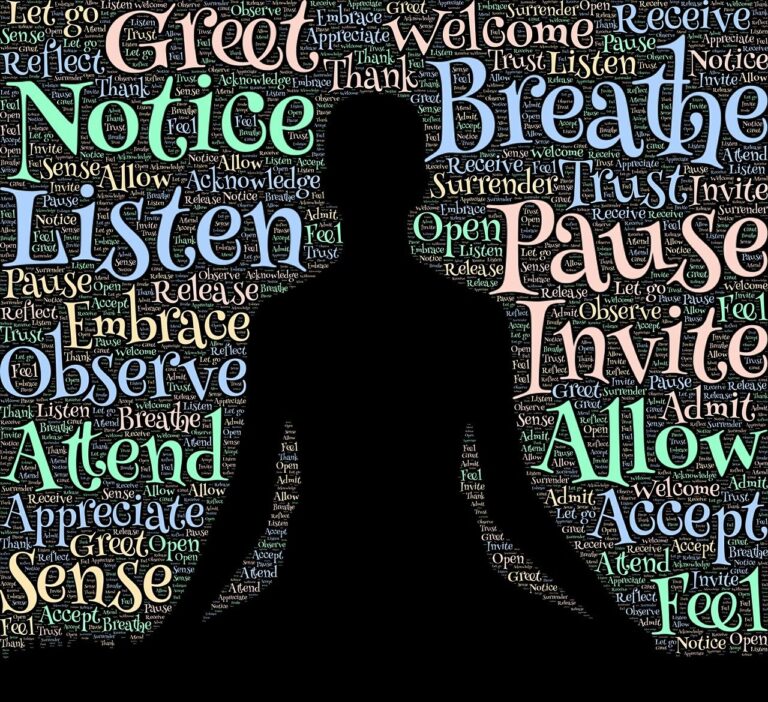
A final point to note is that meditation is a trance state, somewhat similar to the state of mild hypnosis, and similarly with hypnosis, it can be deepened to a state where much repressed, and sometimes unwanted / or unexpected information can be brought into the conscious mind from the unconscious. This is part of the deep healing process of meditation and can help the seeker to see the innermost self more clearly through doing the “shadow work”. However one must be ready for and have adequate support as necessary for this. It will vary greatly from person to person dependent on many factors that have influenced their lives and soul journey.
This is why it is not advisable that anyone who is suffering from any form of psychological disorder, or who is in receipt of drugs for a psychological condition, should practice meditation except under the direction, and guidance of a qualified medical practitioner, psychologist or psychotherapist.
For these reasons it is also necessary and advisable to take responsibility for and manage your own meditation. This allows you to control the meditation activity by clearly stating an intention to yourself that this is your meditation, and that you are consciously controlling the act of meditation. To do this it is advisable to create some form of ritual, in order to signal yourself (both consciously and unconsciously) that you are going to commence meditation, and that you are going to end meditation. This practice is known as “opening” and “closing” the gates”. It can be as simple as a mental note to oneself, washing hands before and after practice, setting up the space, as well as setting a timer.
Coming out of meditation after a set period of time is a good practice and habit to get into. Do not try to go beyond limits as the mind will tend to revolt and kick back. Better to leave some interest in the mind and start over again with renewed enthusiasm in the next session. Continue to purify the mind in daily life. The more the mind is pure, the more the process of meditation is easier and faster.
As a beginner it can be helpful to have a guide/ meditation teacher to support you through the process until you become accustomed and confident in your own practice, know what to expect and have support as and when things come up.

I am a qualified meditation teacher and Yoga teacher (RYT 500 – Yoga Alliance), I offer one to one classes tailored to the individual as well as free group meditation classes. Contact me for more information.
Please note that the information contained within this article is based upon my learning and experiences of yogic and meditation practices. It is information intended to share on the potential benefits of such practices.
The information, techniques and recommendations mentioned herein are not intended as a substitute for the medical advice of a qualified healthcare physician, doctor or psychiatrist. If in doubt, or if you may require diagnosis or medical attention, consult your healthcare provider, doctor or psychiatrist before implementing or adopting any practices or changes in your routine.
This article is due to be published in the Focus on Health & Wellbeing Online magazine on 27th October 2023 – click the link below to view the article from this date.


Your foundation is a safe house for comprehensive prosperity, offering important bits of knowledge and practices for a healthy lifestyle. Thankful for your positive influence.
Thank you for your comment! I am happy you feel this way and find the information beneficial.
I apologise for the late reply, this comment only just came to my attention. Best wishes. Hari Aum